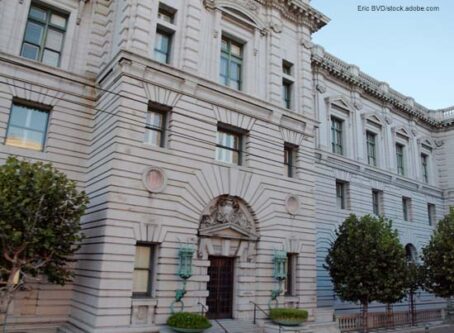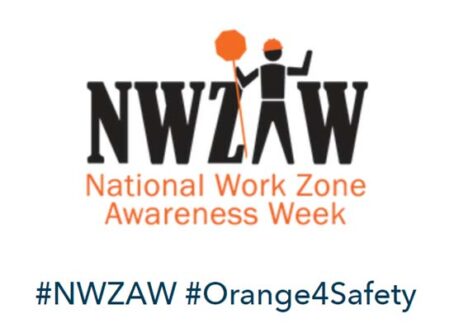Study suggests no evidence that red-light cameras reduce crashes
Hundreds of communities across the nation employing red-light cameras may want to reconsider. Two researchers released a study that suggests there is no evidence that the cameras reduce total crashes or injuries. In fact, cameras possibly lead to an increase in rear-end crashes, the study findings state.
Justin Gallagher, an assistant professor of economics at Case Western Reserve University in Cleveland, Ohio, and Paul Fisher, a doctoral student in economics at the University of Arizona, Tucson, looked at red-light camera data in Houston to see how effective they were in regards to public safety. Their findings: Not very effective at all.
Researchers realized that intersections are not randomly chosen to use red-light cameras. Chosen intersections are typically more dangerous than others for a variety of reasons. Crash rates, therefore, could fluctuate. To avoid this factor that could skew results, researchers looked to a city that eventually removed the cameras after a voter referendum.
Data was collected from Houston intersections with and without cameras before, during and after cameras were in use. Gallagher and Fisher estimated that angle crashes would increase by 26 percent and other crashes decrease by 18 percent after camera removal. Data also was compared to Dallas, which still has cameras, and San Antonio, which never installed cameras.
When compared to Dallas, researchers found no noticeable effect on the number of crashes. There was no break in trend at the time of installation for any three of the camera groups. There is also no clear evidence that removing the cameras in 2010 increased the number of crashes.
Compared to San Antonio intersections, there appears to be a similar pattern in crash rates as the Houston red-light camera intersections. For both Houston and San Antonio, there was a 50 percent crash reduction from 2003 to 2010. However, San Antonio never installed cameras.
Starting with a simple model, the researchers hypothesized that red-light cameras have contradictory effects. On one hand, crashes caused by running a yellow or red light, referred to as angle crashes, would likely decrease. On the other hand, crashes caused by stopping at red lights, known as nonangle or rear-end accidents, would increase. Effectiveness of the cameras would depend on the net outcome of the two.
Data shows that 34 percent of the 77,000 crashes per year in Houston are related to an intersection. Nearly a third of crashes near intersections are angle crashes. Citywide, there were approximately 231 fatalities per year. The likelihood of a fatal crash was the same for angle and nonangle crashes.
While the evidence is clear that installing cameras reduce the number of vehicles running red lights, whether or not that has an effect on total number of crashes is not as clear. Researchers refer to other studies that revealed the vast majority of red light violations occurred just after the light turned red but before cross-street traffic would enter the intersection.
The research paper refers to a popular study that found traffic deaths increase by 30 percent when there are no cameras. Gallagher and Fisher also acknowledge the reduction of vehicles running red lights, noting that citations peak in the first year of camera installation and immediately decline soon after. They argue that more compliance does not always lead to improved safety.
According to the Insurance Institute for Highway Safety, 421 communities have red light cameras as of July, down from 533 in 2012. The institute has not reviewed the study, according Russ Rader, senior vice president of communications for the IIHS.
“There are many studies on red light camera effectiveness,” Rader told Land Line. “IIHS has done its own research, and many universities and government agencies around the world have done studies. Every well-designed study that we know of shows that red light cameras reduce red light running violations as well as fatal and injury crashes. The jury has been in for years that red light cameras are a proven, effective tool for making intersections safer.”









